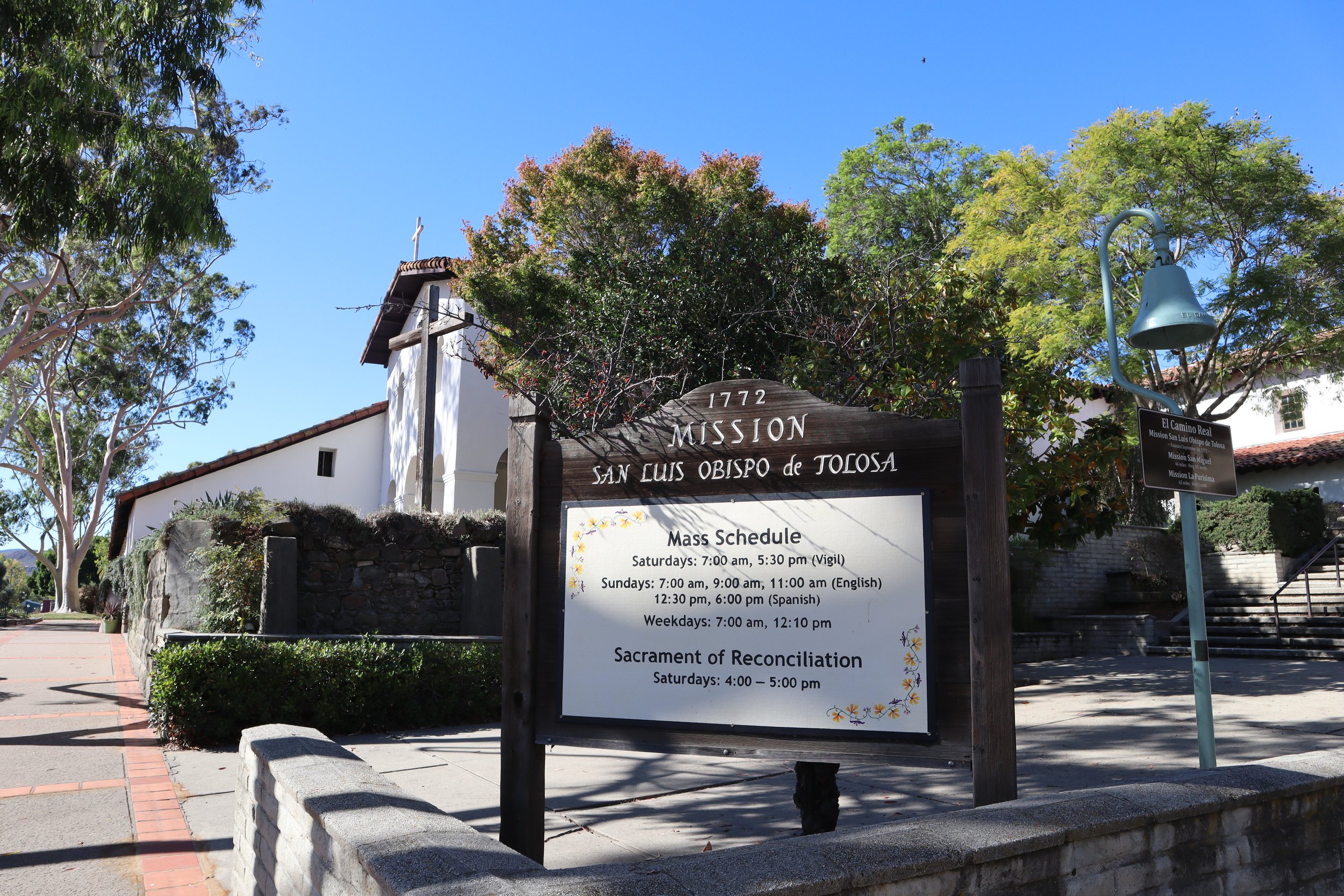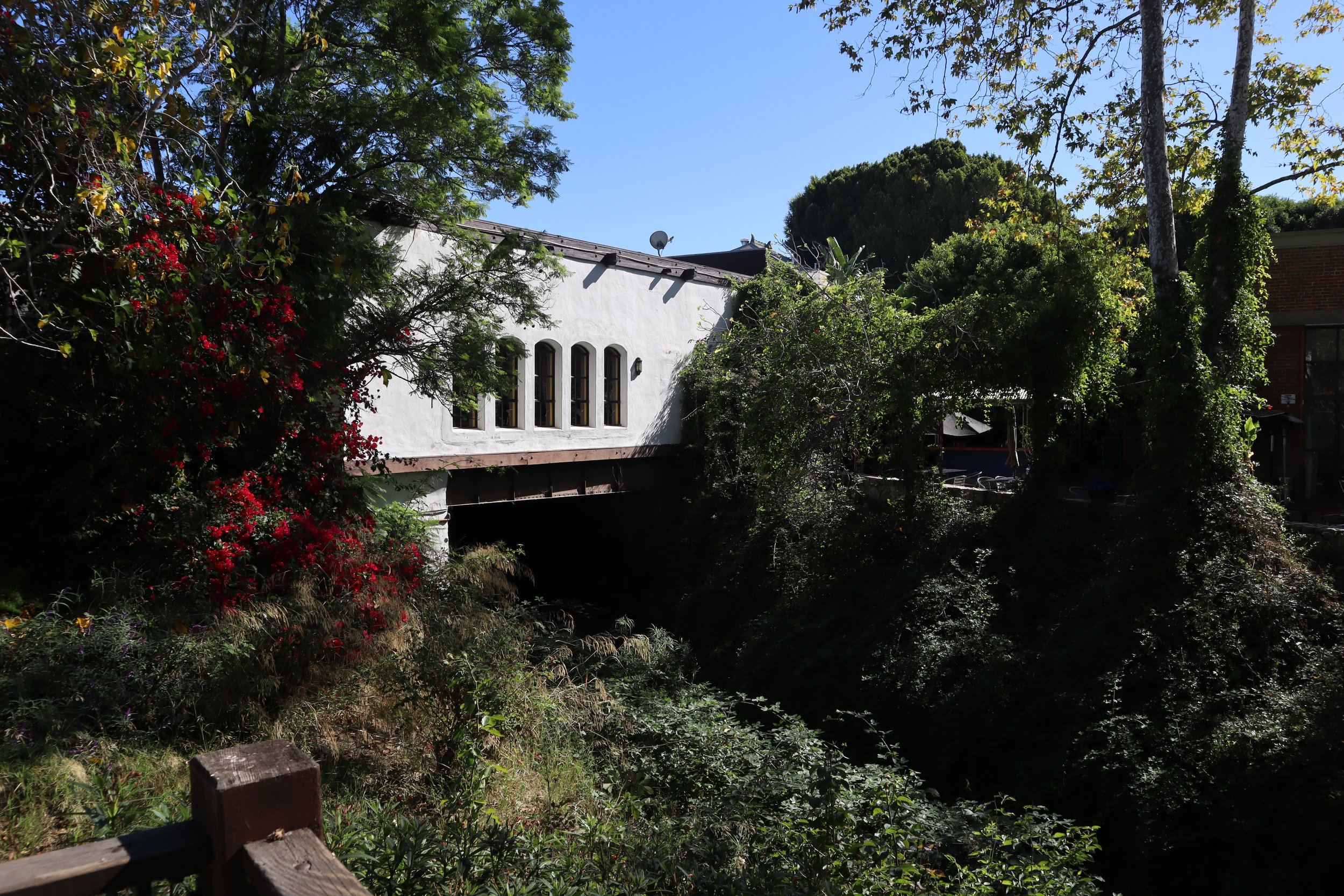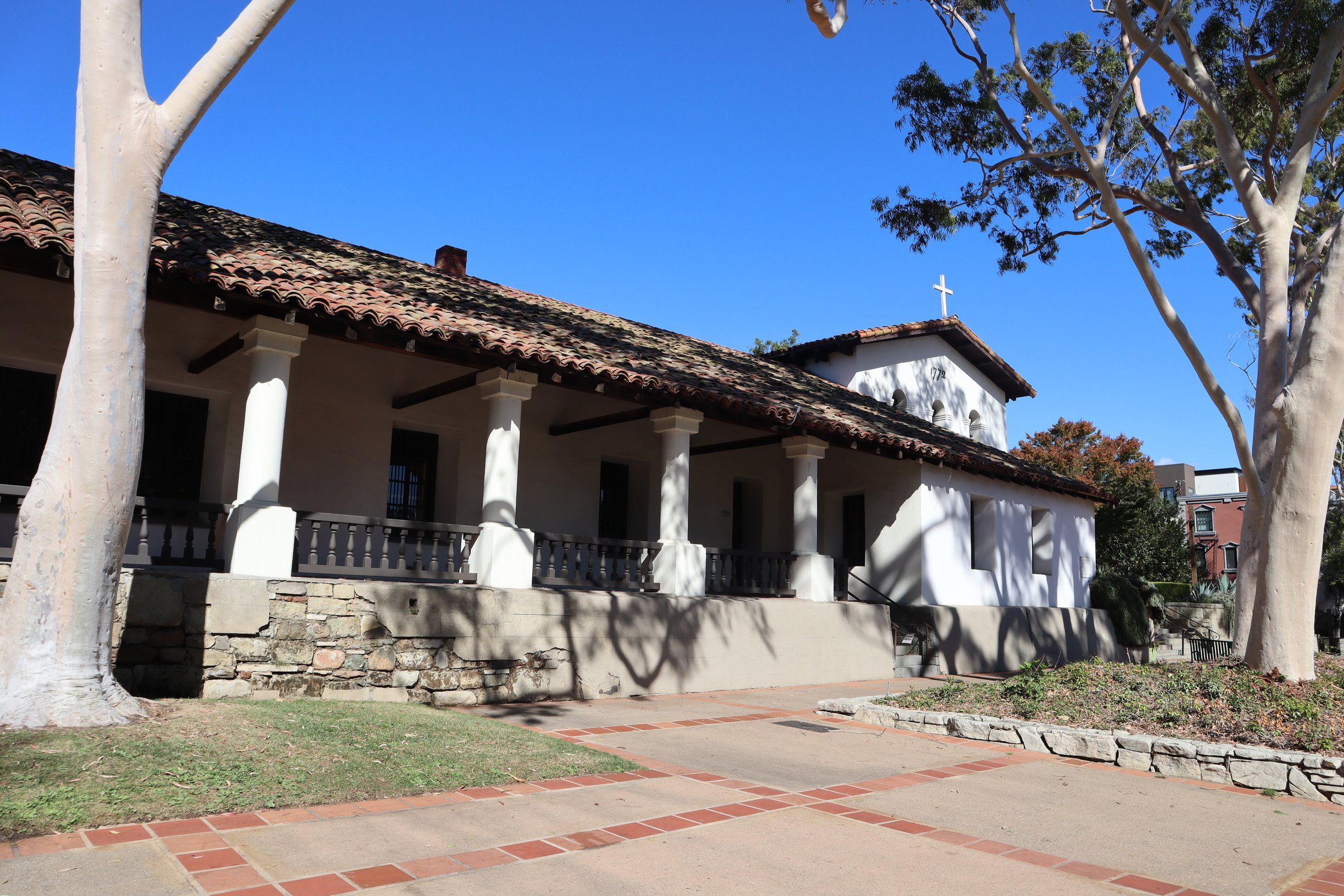San Luis Obispo: A college town with a lot of history.
A historic stop along the El Camino Real…
Mission San Luis Obispo de Tolosa
The morning following my stay in Morro Bay, I back-tracked slightly to get back to highway 101. Not only did I have need of a place to print some documents at a local FedEx, but stopping in San Luis Obispo was a chance to once again go down memory lane. As a child, San Luis Obispo was usually a quick stop after driving north along the 101 for a bit. Not only is this place home to a California Polytechnic State University campus, but it has a lot of history and a great downtown area.
Of course, I couldn’t start off the sight-seeing without first stopping at the mission, which dates back to 1772. The Spanish missions which dot the California coast are a reminder of how much influence and territory the Spanish held, long before even Mexico was a country. Although human habitation goes back thousands of years with the local Indigenous tribes. There is always the other side of the remaining Spanish architecture of what it meant during it’s period of establishment. These days, it offers both a reminder but also a sense of intrigue with the detail of the architecture. This was a great spot to explore and capture through these photos.
El Camino Real sign
The place I remember the most throughout my childhood on the many trips we passed through the city, was the Apple Farm Restaurant & Inn. Although there’s no orchard connected to this place that’s still in operation, it felt like you were at one. Sadly the many years of operation have left this iconic gem in a fraction of its former glory. I noticed many of the areas and shops that were once apart of this tourist spot, have since shrunk and feels less like a country store, and more like a motel with a few cool design elements.
Apple Farm Restaurant & Inn
The old press house with the big water wheel still remains, although the store that was once inside of it seems to have been converted into additional suites. The water wheel still spins, but the wood has seen better days, and didn’t seem to contain the water it once did, but it still is a unique site worth seeing. I’m glad I made the stop to see how this iconic spot has changed over the years, and I’m at least happy that it was able to survive the pandemic. Hopefully some new life, and some restoration can preserve this place for many years to come.

































